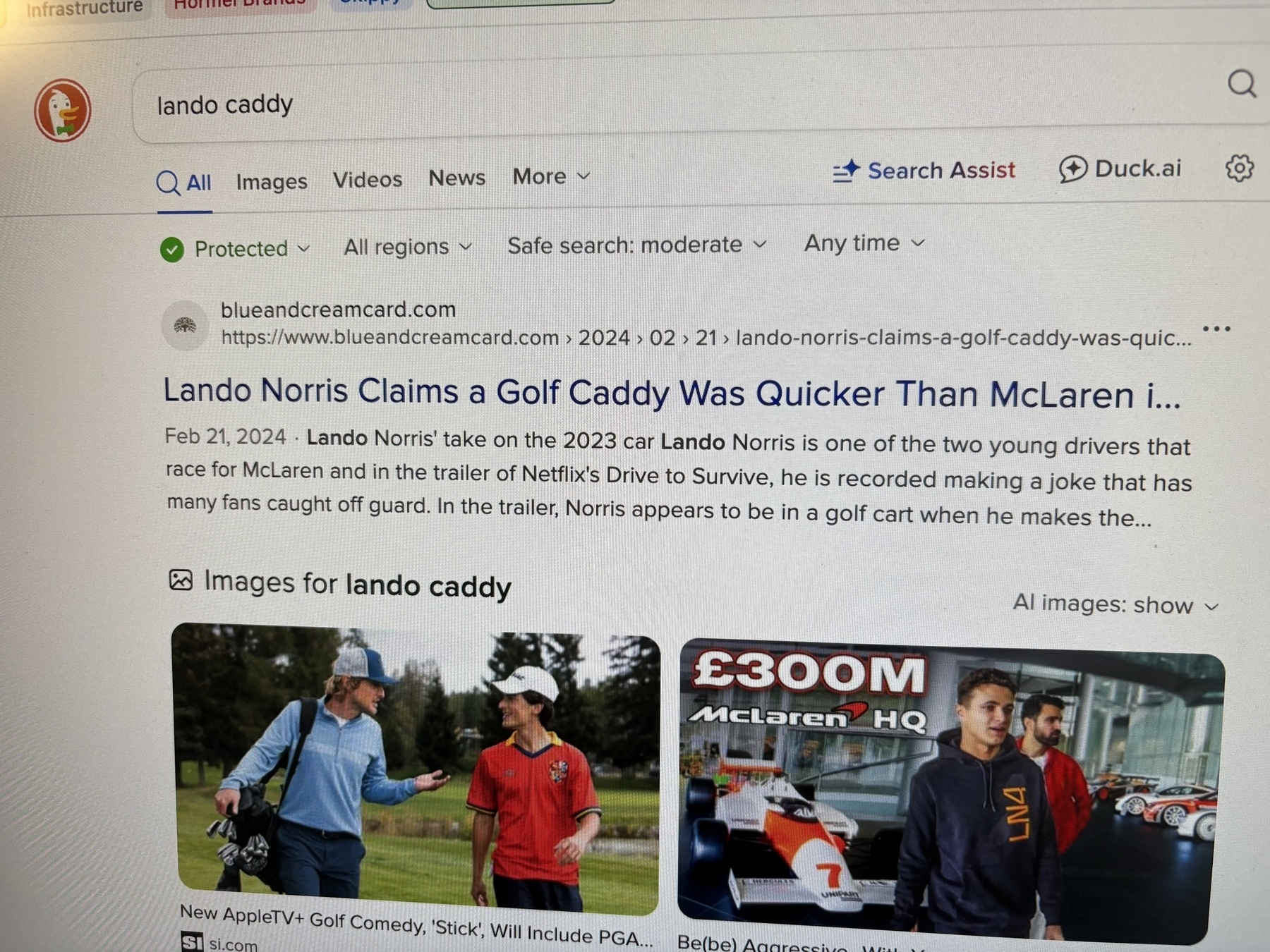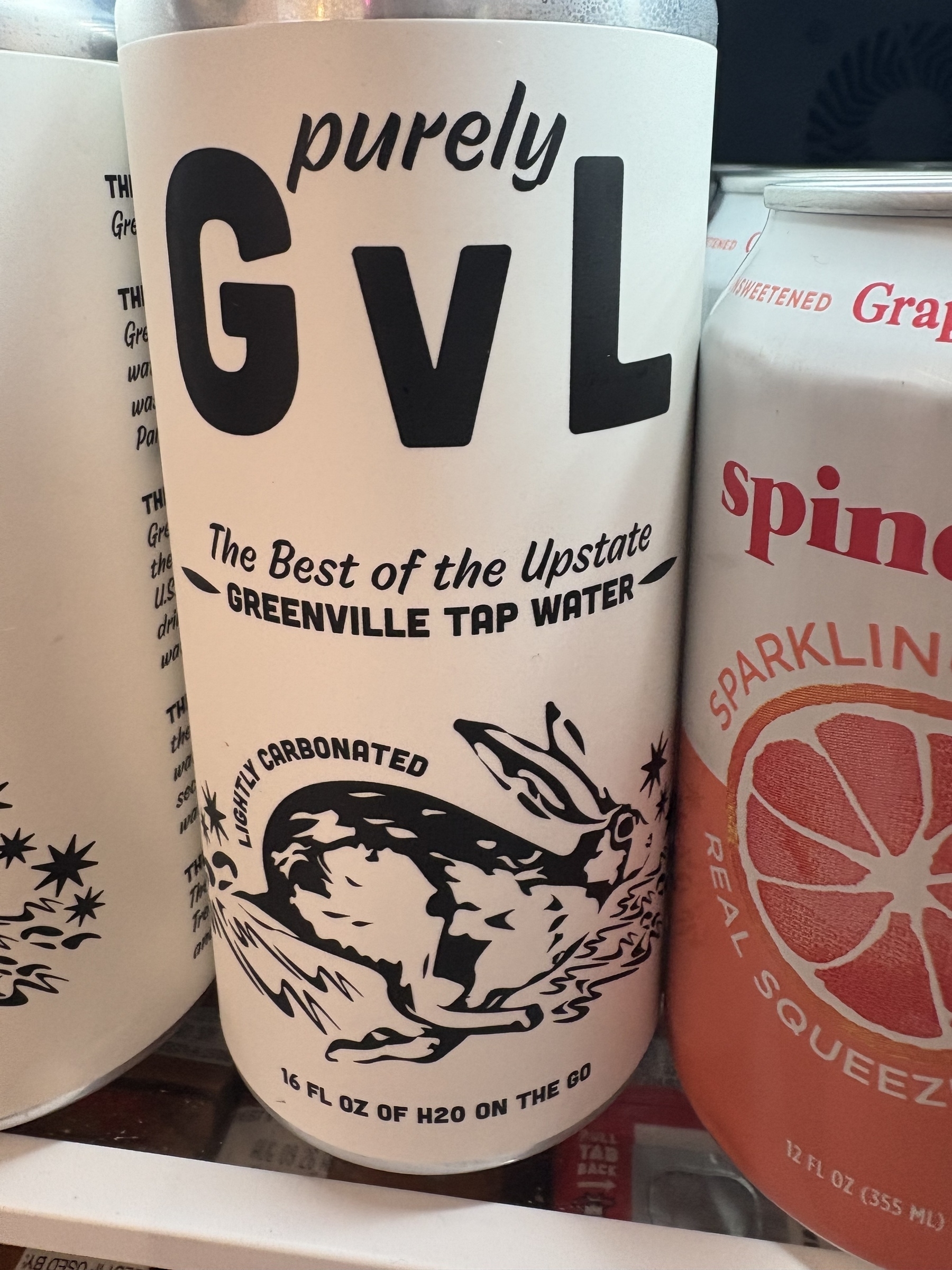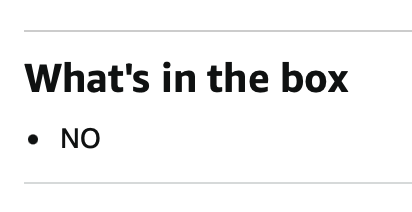People Are People, or Why I Don't Want to Be a Landlord
There’s a dustup going on over at Bluesky over moderation decisions. I won’t go into details because—for the purposes of this blog post—I’m less focused on why the dustup is happening and more that it is happening. It’s happening at Bluesky, it happens on Mastodon, it happened on Tumblr, and it will keep happening in the future despite all the best intentions.
And I need to stop fooling myself that I want any part of it.
Expectations, Meet Reality
Every relationship that lasts long enough or goes deep enough eventually hits a point where expectations meet reality. Language is imperfect, there’s always things left unsaid, and we fill those gaps with assumptions. Eventually, those assumptions are proven correct—or more often incorrect. There’s disappointment, anger, and a lot of blame.
In personal matters, people talk it out and maybe seek counseling. In business, contracts get more detailed. In social media… it’s people making personal expressions on a business' platform. Not only is that a recipe for mismatched expectations, it’s incredibly unbalanced.
And it’s a rude awakening for both parties when a significant group of users realize that, despite everyone’s best efforts, this is not their beautiful house.
Some of the backlash can be blamed on social media itself. We’re encouraged to reach out and make connections, especially with celebrities or people we admire in some way. But this can lead to a false sense of relationship and nurture the notion that the person on the other end cares as much about us as we do about them. In this environment, disagreements can feel less like a disappointment and more like a betrayal.
And I’m finally realizing how pervasive it is.
Refusal of the Call
As tensions rise, even actions meant to calm the waters can only infuriate people more. Calls for moderating language are seen as tone policing or censorship. Attempts at reiterating common principles are met with accusations of failing said principles. And the longer it goes, the less human everyone becomes.
And the worst part? It’s understandable. Because at the end of the day, these are people trying to assert agency over their online identities.
A moderation decision or policy change by a site operator is, for them, a business decision. For a user that has tied part—or all!—of their online identity into their use of the site, such decisions would have the same emotional investment as a decision about where to live or what they believe. One party is talking business, the other is talking religion. No wonder these conversations get so charged!
Let me be clear: I’m not trying to shame anyone involved here. I’m trying to describe the current environment of running a social media site. What I’m describing here just is. These aren’t technical problems; they’re personal ones. Apps and protocols can mitigate these problems, but I don’t see any technical way to deal with a situation that’s escalated out of control other than suspending or banning users.
And I’m just not cut out for that.
What About Smolblog?
The original plan for Smolblog (laid out in the video I posted last year) was to have the project supported by a paid hosted service. I’m abandoning those plans. I will not be running a hosted Smolblog service for the general public.
Limiting the service to paid users would encourage shared values, but not guarantee them. Having a self-hosted open source option rings hollow when users sign up for the paid service to avoid self-hosting. That’s on top of the brand confusion that happens when an open source project has a hosted service with the same name. And all this while selling what is basically web hosting, a notoriously high-support, low-margin business.
The goal would be to sustainably support the project, but a hosted service is looking more and more unsustainable itself, at least for me to run.
In the decentralized social media and independent website circles, we like to talk about digital serfdom and comparing site owners to landlords. What we may not realize is that this applies to anyone operating a site for others to use, even operators with the best of intentions and sites with the best user freedoms. Decisions still have to be made that affect the users much more than the operators.
I applaud the people willing to do this, especially because I am not one of them.
This is both part of and prompting a broader re-thinking of the project for me. The mission is still to make an adaptable content management system that lets people own their expression and approach social media on their own terms. The actual execution will just look less like a website to sign up for. Beyond that, I don’t know what the specifics are yet.
In the meantime, I’m working on packaging up some of the less Smolblog-specific code into its own thing, but that’s all I’ll say on that for right now…





